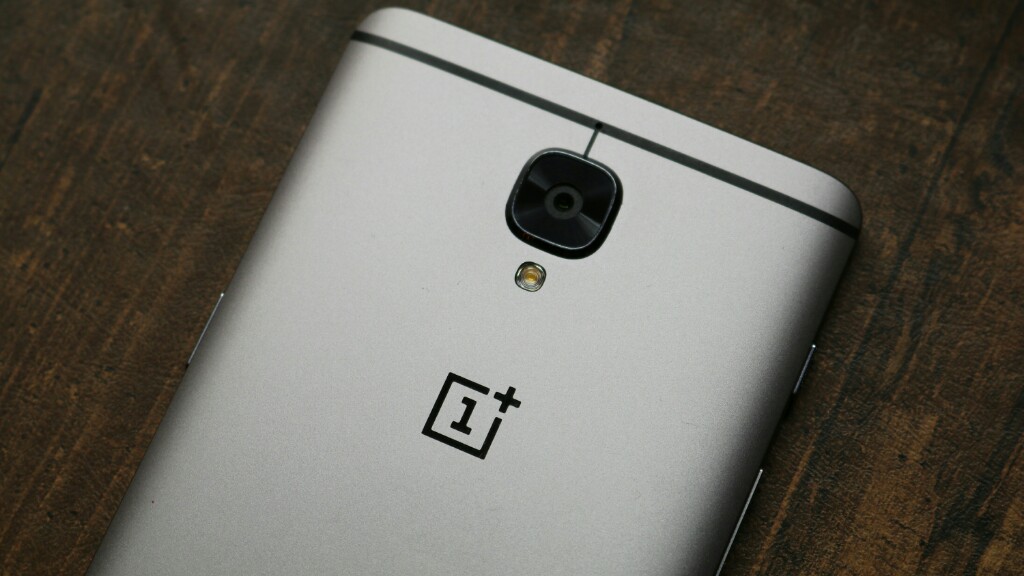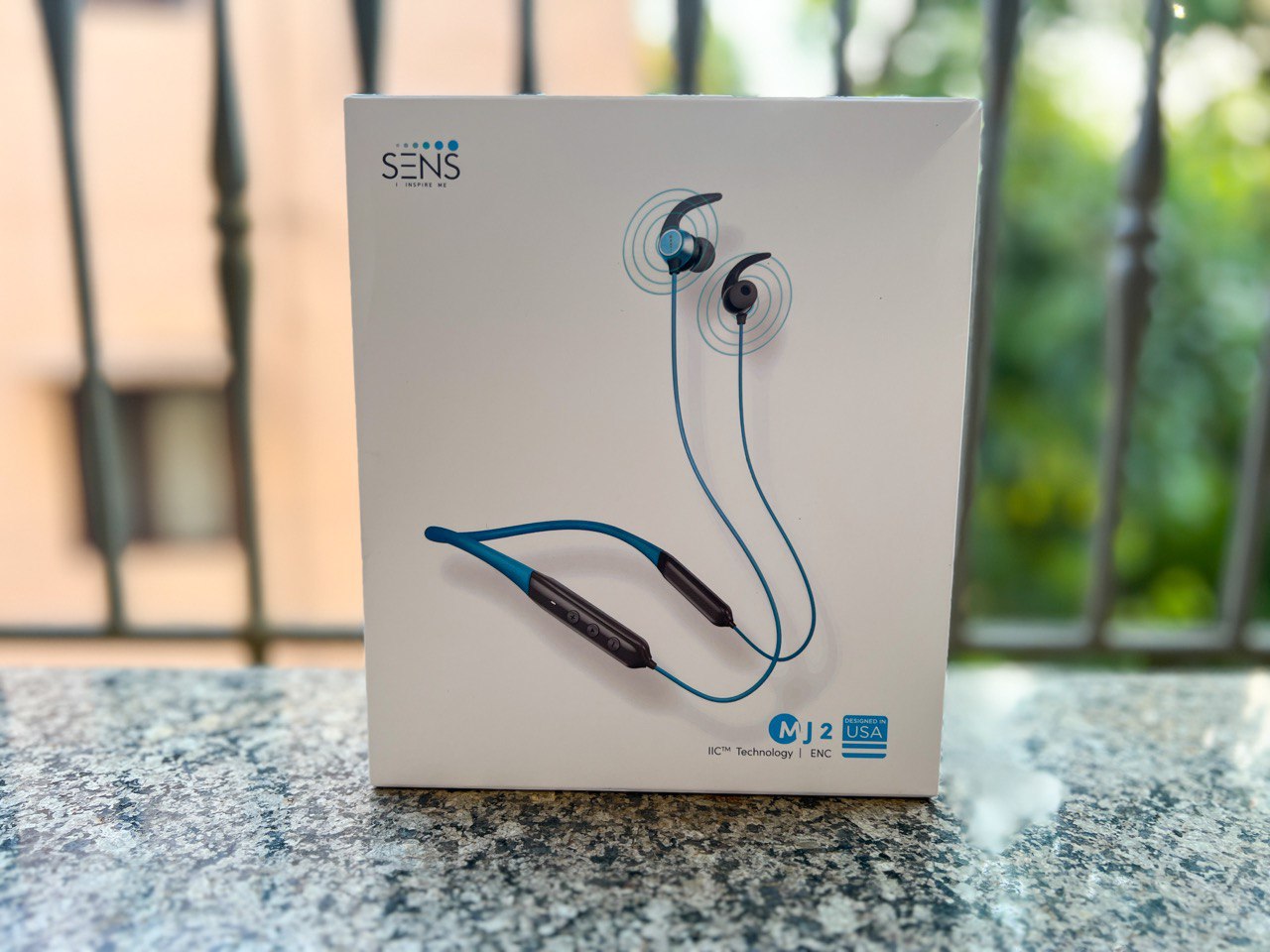

If you have noticed, roughly all the smartphones selling in China come with a heavily tweaked UI in some manner or the other. One thing that remain commonly missing with them is an app drawer. Be it Lenovo, Huawei, Xiaomi, or even OnePlus they all sell with a drawer-less android experience. Though rest of them, sell the same worldwide but OnePlus runs two different versions of their operating system for east and the west part of the world. Called as Oxygen OS and Hydrogen OS, the former offers a much stock-alike android experience with few mods whereas the later, Hydrogen OS is a heavily tweaked especially made for China.
Running two different variants means their own independent teams, twice the effort, their maintenance and future updates. Though it might attract more users but eventually this too have a downside if not delivered in time. Therefore, OnePlus has decided to merge Oxygen OS into Hydrogen OS to improve their update times. They have merged their software teams in order to achieve the one unified user interface based on Android.
With Hydrogen OS taking in, what about Oxygen OS now?
Oxygen OS is quite alive and running on OnePlus 2 and OnePlus 3 actively right now. With the new community builds for the OnePlus 3 coming in, they are experimenting new features and asking for feedback to improve upon their mistakes. Although we will always have support from the famous CyanogenMod community but it might take time to get a stable release. I’ll especially miss the camera libraries in that case. It looks like the decision here lays on Faster updates vs Stock experience, although we personally think it would have been faster with getting stock experience with new features rather than the other way round. Oxygen OS might die later but pure Google experience can never leave OnePlus.










